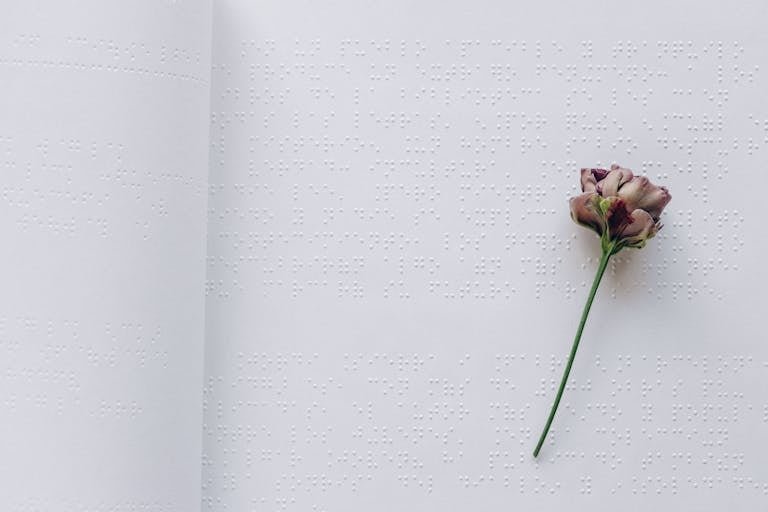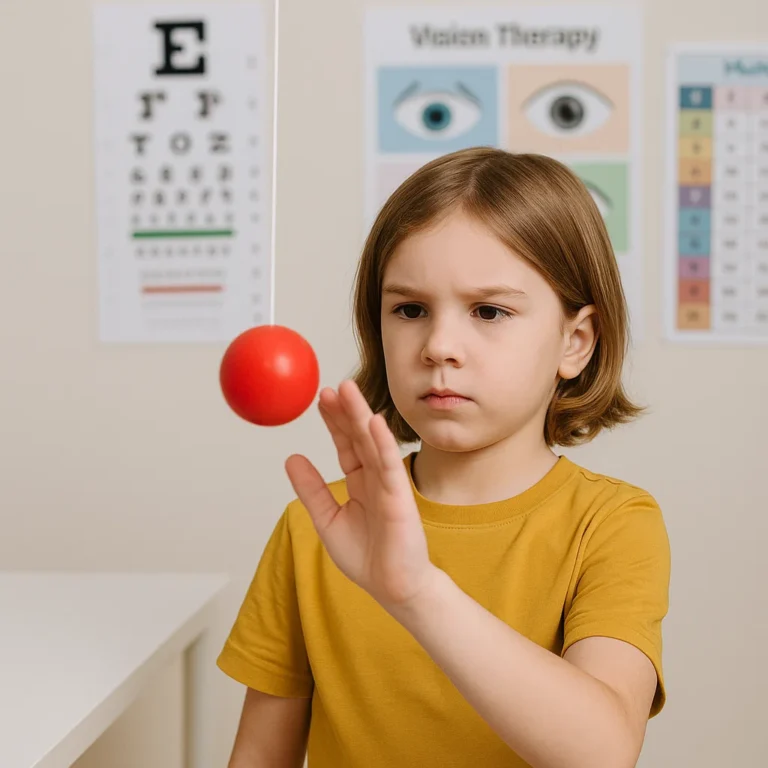Comprehensive Guide to Enhancing Accessibility for People with Visual Impairments
Comprehensive Guide to Enhancing Accessibility for People with Visual Impairments|
Creating an accessible environment for individuals with visual impairments involves thoughtful modifications that address lighting, contrast, organization, and overall safety. These changes empower individuals to live more independently and perform daily tasks with ease. This guide outlines key strategies for adapting spaces to meet the needs of individuals with low vision, offering practical tips and examples for each.

1. Assessment as the First Step
Before making any modifications, assess the individual’s functional vision and identify specific barriers. This involves understanding their visual limitations, sensitivities, and physical capabilities. getting help and support from Vision Rehabiliation Therapist would be super beneficial. they can bring their knowledge to help with strateigies, helps
Steps to Assess the Environment
- Functional Vision Evaluation: Use tools like acuity and contrast charts, light meters, and handheld flashlights to test the individual’s vision in their living space. For this step, Certified Low Vision Therapist ( CLVT), and Certified Vision Rehabilitation Therapist ( CVRT) can do the assessment and give you related and important information about the minimum contrast the person can see, the amount of light needed and other related information.
- Observe Daily Tasks: Watch how the person performs activities such as reading, cooking, or navigating the home. This helps identify challenges like inadequate lighting or tripping hazards.
- Client Involvement: Ask the individual to describe their difficulties and preferences. Encouraging participation ensures that the modifications align with their needs.
Example: For an older adult with glaucoma, who has glare sensitivity but good visual acuity, focus on improving lighting and reducing glare.
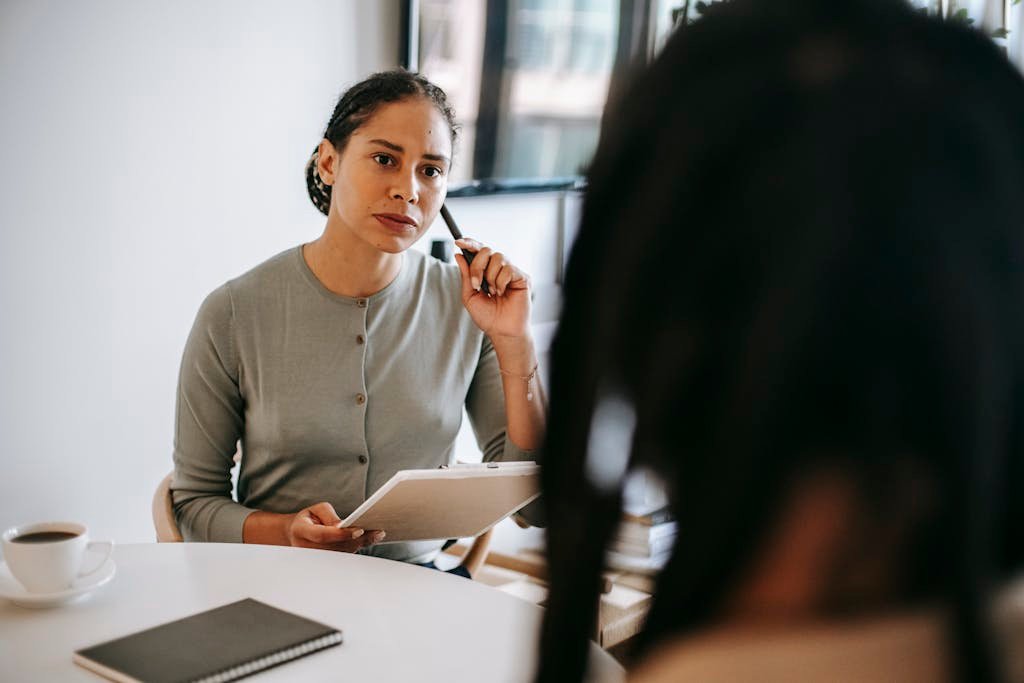
2. Lighting Optimization
Proper lighting is one of the most significant factors in improving visibility for people with low vision. However, lighting needs vary greatly between individuals.
Key Lighting Strategies
- Task Lighting: Use adjustable lamps with directed light for specific tasks like reading or cooking. Task lamps with goosenecks or hinged arms allow flexibility in directing light. Popular choice is Ottlite desk light
- Avoid Glare: Minimize reflective surfaces by using matte finishes for paint and furniture or table mats. Place shades on light sources and use absorptive lenses or brimmed hats.
- Light Placement: Position lights to reduce shadows and enhance visibility. For example, a reading lamp should shine over the shoulder of the better-seeing eye.

Ottlite Foldable Desklight
Examples of Lighting Modifications:
- Install under-cabinet lighting in kitchens for better visibility of counters. Here you can find related products that can be helpful.
- Use dimmer switches or three-way bulbs to adjust light intensity.
- Replace glossy surfaces with matte finishes to avoid light reflections.
Note: tools like light meters to measure illuminance and ensure the light level meets the individual’s needs. CVRT can do the measurement and advice you for the best level of lights including Wattage, Color temperature and Brightness level ( illumination).
3. Magnification Techniques
Relative Size Magnification
Increasing the size of objects can improve their visibility.
Examples:
- Print text in larger fonts, such as using 18-point for letters or grocery lists. CLVT can advice you for the best print size based on the assessment.
- Replace standard telephones with large-number models.
- Use a large-screen television for better viewing.
Tip: E-readers allow text size adjustment and are convenient for reading books in large print. E-reader will be covered in another post.
To learn more about Best Assistive devices for Seniors with Vision Impairment, click here
Relative Distance Magnification
Bringing objects closer increases the size of their retinal image, improving visibility.
Examples:
- Move closer to a television to double the apparent size of the screen.
- Use telescopic glasses like maxTV or Bioptic glasses if getting close enough to TV is not accessible.
- Bring books closer to the eyes for magnification, supplemented with optical aids if necessary.
Combining Both: Purchase larger devices (e.g., televisions) while reducing the viewing distance to achieve better magnification.
4. Enhancing Contrast
Improving contrast between objects and their surroundings is a simple yet highly effective modification.
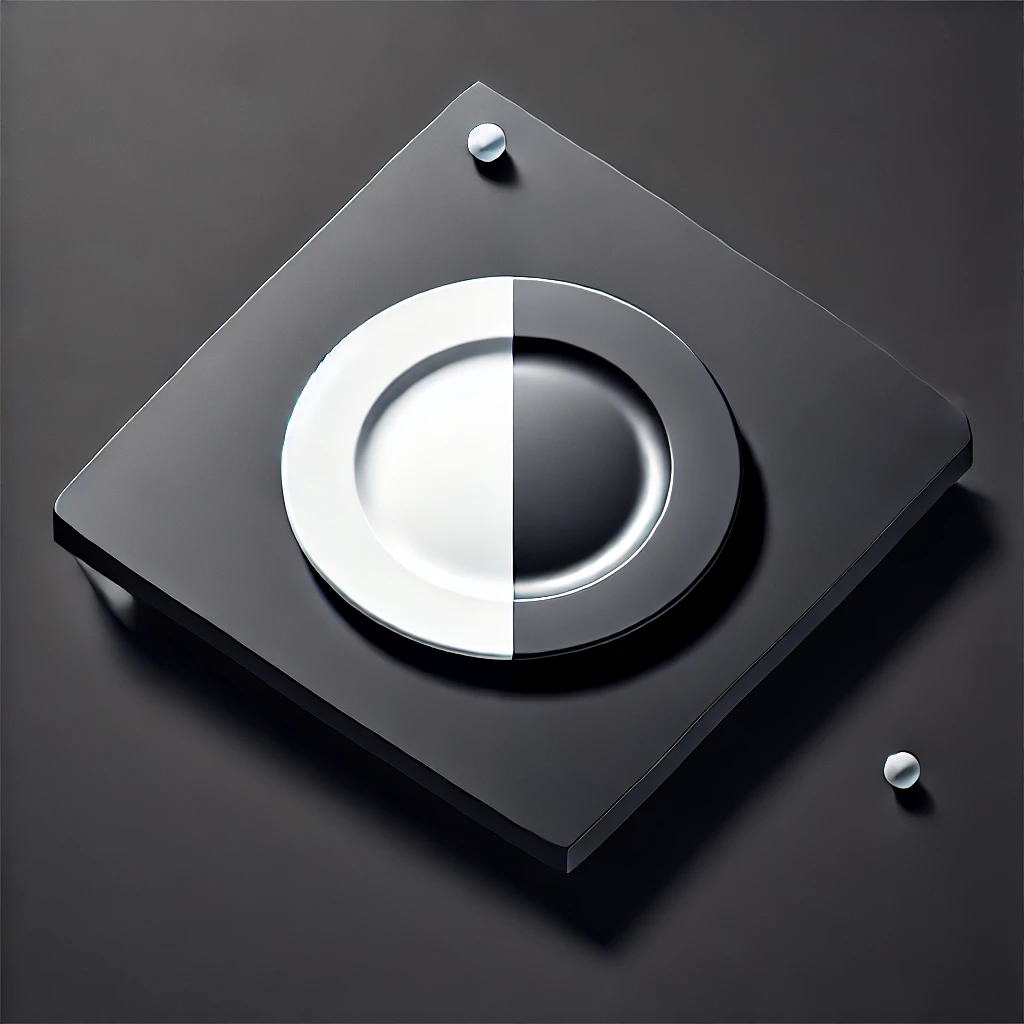
Practical Applications:
- Use bright, solid colors like red, orange, and yellow for objects like grab bars, dishes, or tools.
- Paint doorframes and light switches in contrasting colors to make them stand out, or simply use adhesive tape.
- Add contrasting strips to stair edges to improve visibility and prevent falls.
- Use placemats and dishes that contrast with the table color to make mealtime easier.

Example: For someone with difficulty distinguishing between navy blue and black, use color-coded labels for clothing or household items.
5. Organizing the Environment
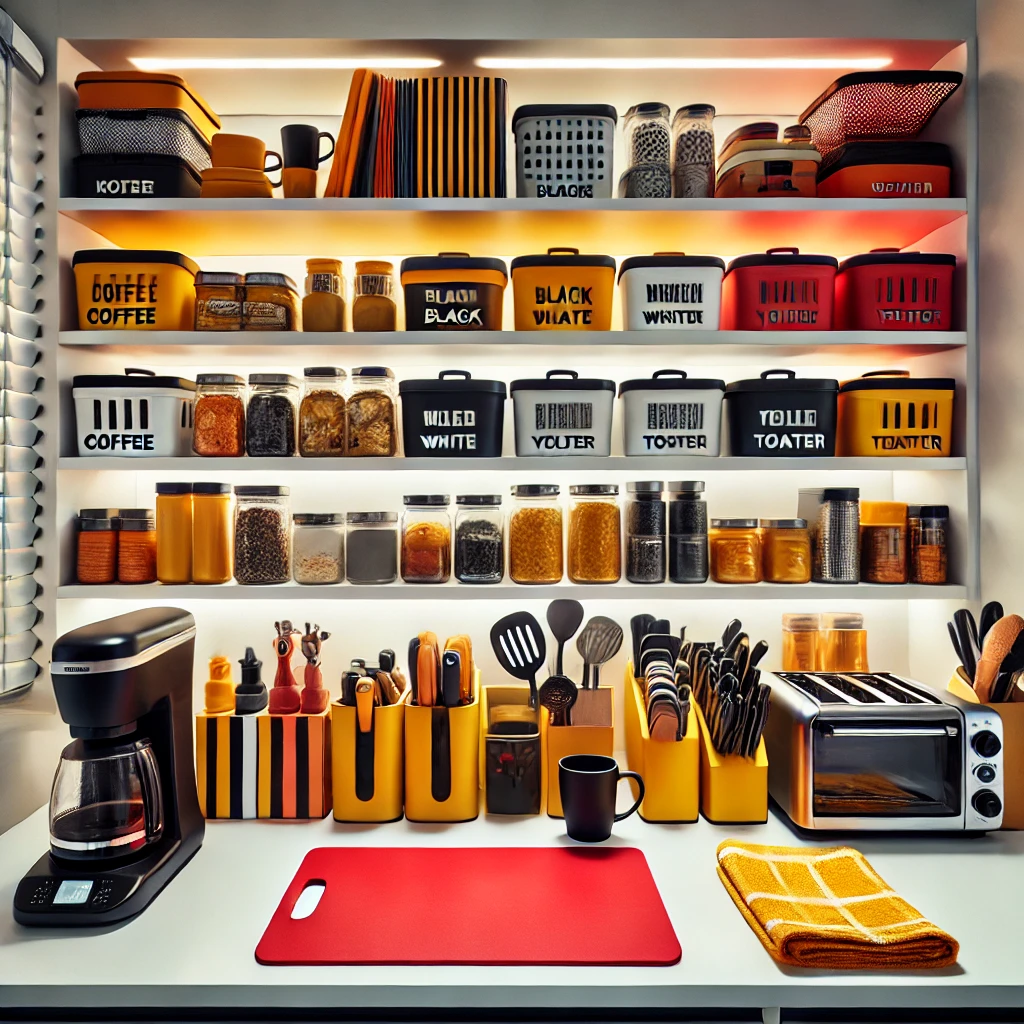
Consistency in the placement of items is crucial for individuals with visual impairments. This helps them navigate their surroundings and locate objects easily.
Tips for Maintaining Organization:
- Store commonly used items in designated places. For example, keep kitchen utensils in a specific drawer.
- Avoid visual clutter by removing unnecessary objects from surfaces.
- Use labeled storage bins (large print) for sorting items like medications or pantry supplies.
Example: In a kitchen, mark appliance dials with tactile or visual labels ( by fabric paints or bump dots) and use contrasting cutting boards for food preparation.
6. Managing Glare
Glare can significantly hinder visibility and cause discomfort. Managing it involves controlling light sources and reflective surfaces.
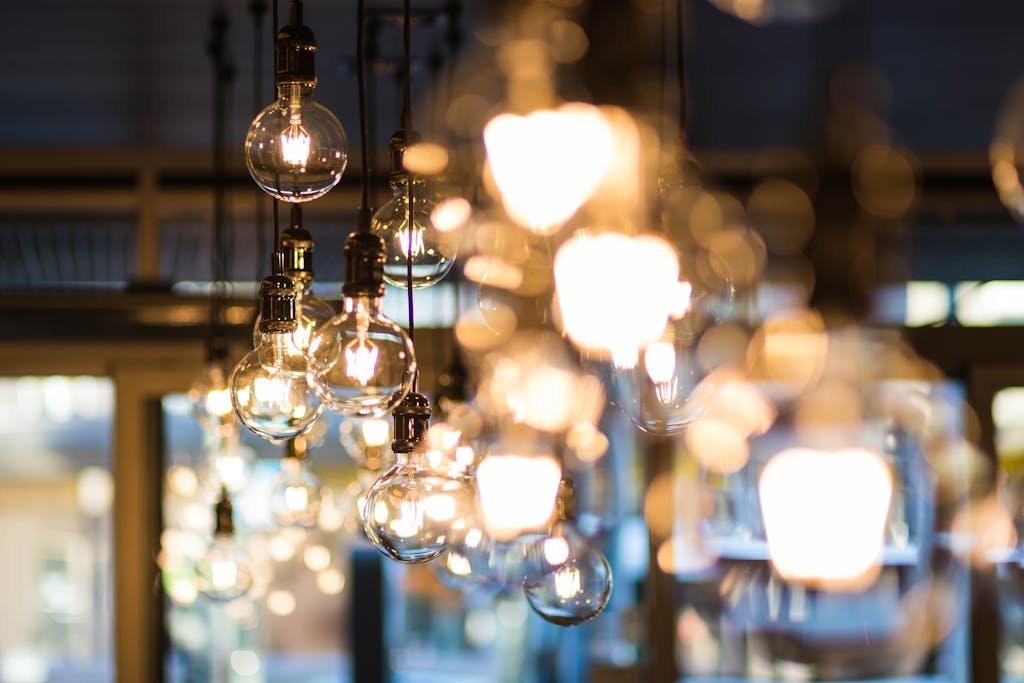
Ways to Reduce Glare:
- Install blinds or curtains to filter natural light.
- Apply anti-glare film to windows or screens.
- Replace clear lightbulbs with frosted ones to diffuse light.
Example: In a living room, use shades to prevent direct sunlight from hitting the TV screen. A matte-finished coffee table can also reduce reflections.
7. Using Color for Accessibility
Bright colors are easier to see for many individuals with low vision.
Practical Uses of Color:
- Add brightly colored tape to stair edges for safety.
- Use colored trays in the kitchen to organize utensils and groceries.
- Paint storage areas like closets in white or light colors to reflect more light.
Tip: Evaluating color sensitivity to determine the best colors for the individual is very helpful. Ask CVRT or CLVT to advice you about it.
8. Addressing Visual Clutter
Too many objects or complex patterns can make it difficult to locate items.
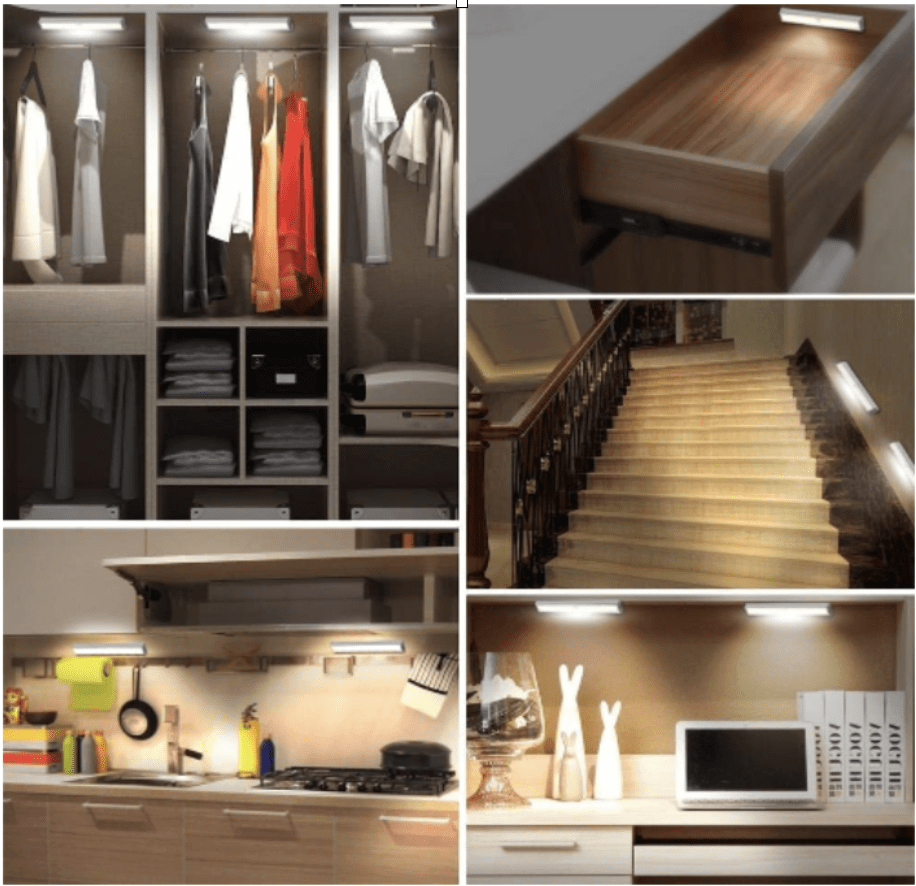
Simplification Tips:
- Replace patterned carpets or tablecloths with solid colors.
- Minimize decorative items in frequently used spaces.
- Use clear, open spaces for essential items.
Example: In a bathroom, use a solid-colored mat and clear, labeled containers for toiletries.
Note: NEVER change home decoration unless with the person with vision impairment permission. many people are used to their home decoration and location of their stuff. changing their location and over changing would make it harder for them.
9. Room-Specific Modifications
Kitchen:
- Install directional lighting under cabinets.
- Use dark and light cutting mats to enhance contrast for food preparation.
- Label appliances with tactile or visual markers.
Living Room:
- Arrange furniture to create clear walking paths.
- Use flexible-arm lamps for activities like reading or crafting.
- Consider a large-screen television for better viewing.
Bathroom:
- Use brightly colored towels that contrast with the walls.
- Install grab bars in contrasting colors for safety.
- Replace opaque shower curtains with translucent ones to allow more light.
Bedroom:
- Ensure bed linens contrast with the floor color.
- Install a bedside lamp that’s easy to operate.
- Attach a caddy to the bed for organizing small items like glasses or remote controls.
10. Stairs and Hallways
Stairs and hallways can be dangerous for individuals with low vision if not properly adapted.
Suggestions:
- Add contrasting strips to stair edges and nosings.
- Install motion-sensor nightlights in hallways for better visibility.
- Use railings on both sides of staircases and ensure they extend beyond the top and bottom steps.
11. Outdoor Modifications
Outdoor spaces should also be considered when making accessibility changes.
Examples:
- Use non-glare pathway lighting for evening navigation.
- Paint edges of outdoor steps with contrasting colors.
- Install handrails along outdoor walkways.
12. Assistive Tools and Technology
Incorporating technology and assistive tools can further enhance accessibility.
Examples:
- Use talking devices like Penfriend 3 for tasks like reading labels or identifying colors.
- Install motion-sensor lights to illuminate rooms when someone enters.
- Utilize phone apps that read barcodes and provide auditory feedback.
Tip: Regularly update tools to ensure they meet the individual’s needs.
13. Education and Independence
Encourage individuals to actively participate in designing their environment. Have them to use assistive tools and make adjustments fosters independence and confidence.
Example: Train individuals to adjust light positioning or use tactile markers for appliances.
By implementing these strategies, caregivers, therapists, and individuals themselves can create spaces that are safe, functional, and empowering. Accessibility is not just about making life easier; it’s about enabling people to live with dignity and independence, regardless of their visual abilities.



